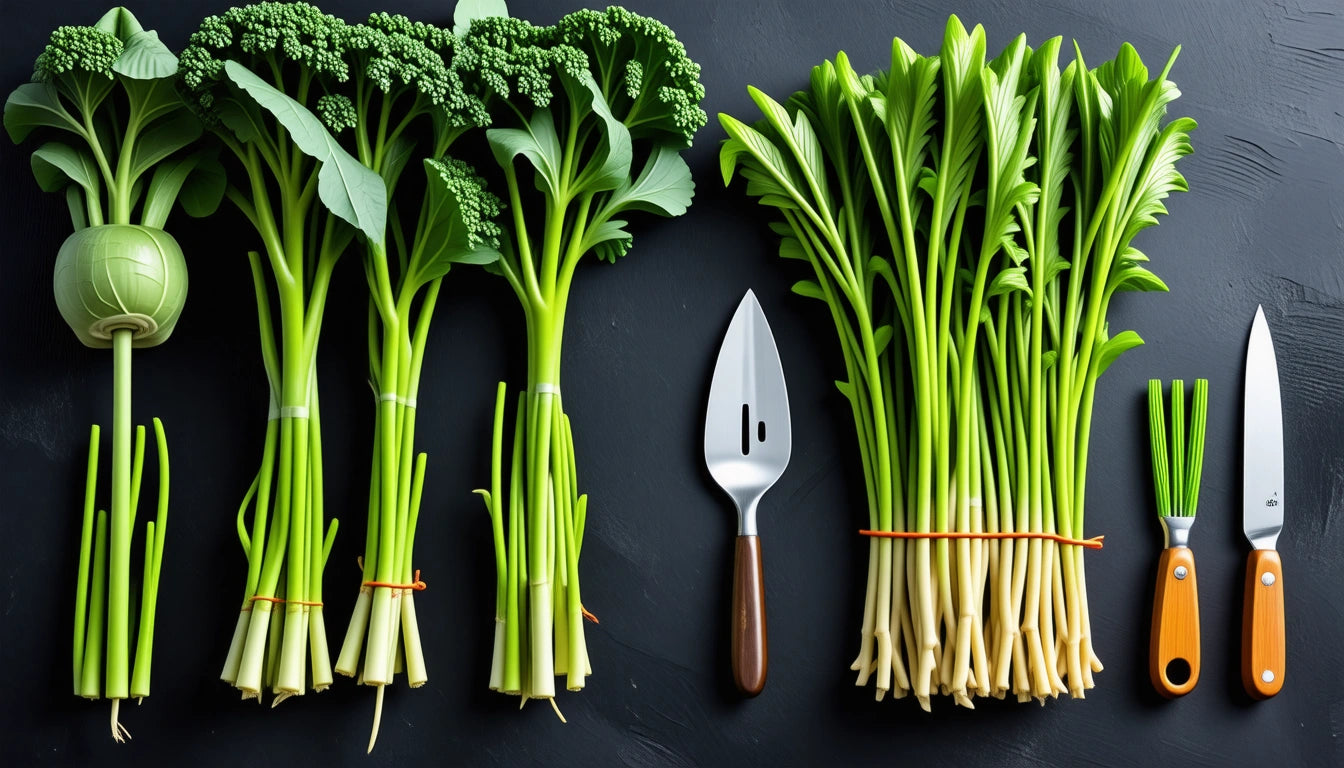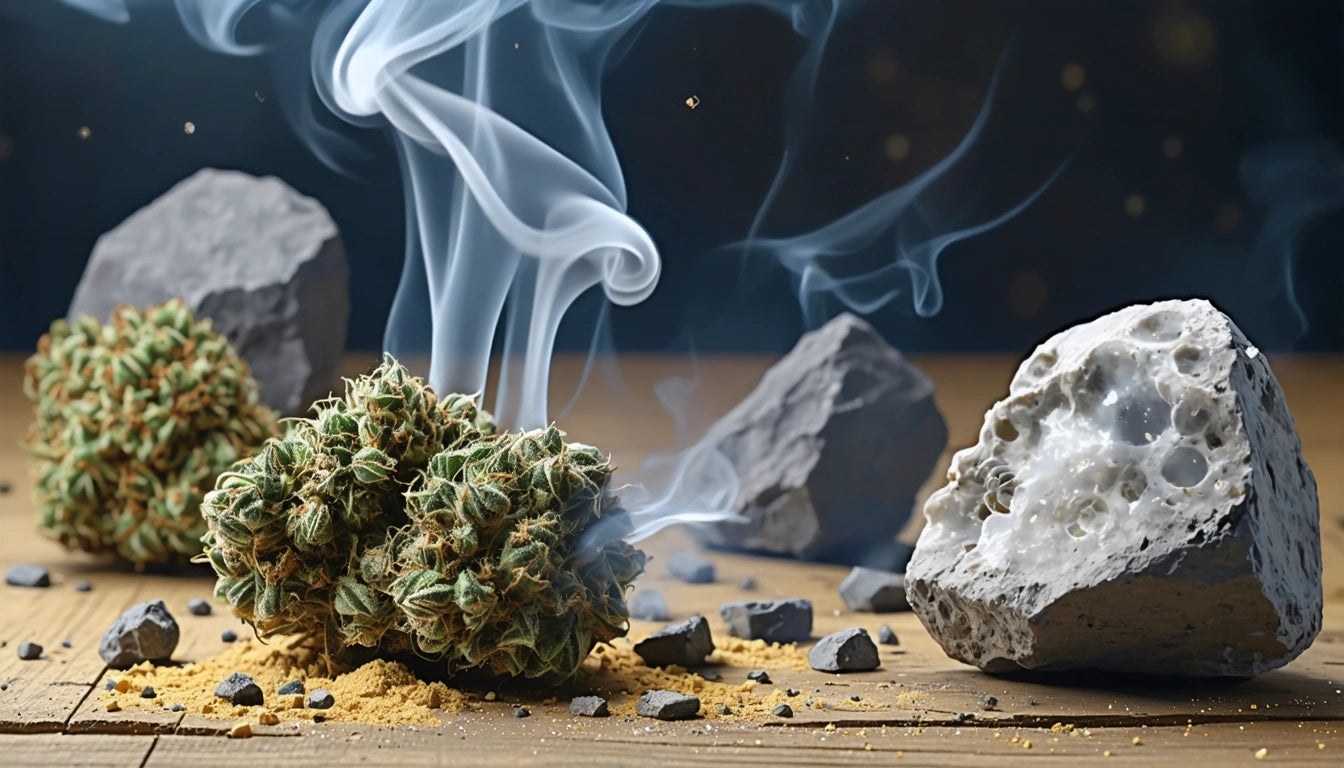Table of Contents
How to Determine the Perfect Time for Harvesting Your Crops
Knowing when to harvest your crops is perhaps the most critical decision in the cultivation process. After months of careful tending, the final timing can significantly impact potency, flavor, and overall yield quality. This comprehensive guide will help you recognize the telltale signs that your plants are ready for harvest and implement strategies to maximize your results.
Visual Indicators That Signal Harvest Readiness
The first step in determining harvest readiness involves careful visual inspection. When plants approach maturity, several changes become apparent to the observant grower:
- Pistil coloration shifting from white to orange, red, or brown
- Leaves beginning to yellow and occasionally curl
- Calyxes swelling and becoming more dense
- Overall plant appearance becoming more robust
According to experienced cultivators, approximately 70-90% of pistils should have darkened before considering harvest. This visual marker provides a reliable initial indicator that your crop is nearing its peak potency window.
Trichome Examination: The Microscopic Approach
While visual cues offer valuable insights, the most precise method to determine harvest readiness involves examining trichomes. These tiny resin glands contain the highest concentration of cannabinoids and terpenes, making their development stage crucial for timing your harvest.
To properly examine trichomes, you'll need:
- A jeweler's loupe (30x-60x magnification)
- A digital microscope for more detailed inspection
- Good lighting conditions
Trichome color progression typically follows this pattern:
- Clear: Immature, lower potency
- Cloudy/milky: Peak THC production
- Amber: CBN conversion beginning, more sedative effects
Expert guides suggest harvesting when 15-20% of trichomes have turned amber for balanced effects, while waiting until 30-50% amber produces more relaxing properties.
Timing Considerations for Different Strains
How to know when to harvest varies significantly between different genetics. Indica-dominant strains typically finish faster than sativas, with most ready for harvest within 8-10 weeks of flowering. Sativa varieties often require 10-14 weeks or longer to reach full maturity.
Hybrid strains present a middle ground, with harvest windows that reflect their genetic makeup. When growing multiple varieties, it's essential to track each plant individually rather than harvesting everything simultaneously. Proper documentation of strain-specific development patterns helps build experience for future growing cycles.
Pre-Harvest Preparations and Water Management
Understanding when to stop watering before harvest is crucial for optimizing final quality. Most cultivators implement a flushing period of 1-2 weeks before harvest, using only pH-balanced water to remove excess nutrients from the growing medium.
The flushing process helps:
- Improve flavor profile by reducing chemical taste
- Enhance smoothness of the final product
- Promote better burning characteristics
- Reduce harshness associated with excess nutrients
For soil-grown plants, stop watering 2-3 days before harvest to allow moderate drying. Hydroponic systems require different approaches, with many growers reducing nutrient concentration gradually rather than eliminating it entirely.
When preparing for harvest, proper storage solutions become essential. Our specialized container lids with child-resistant features provide both compliance and freshness preservation for your harvested material, ensuring your efforts result in properly stored products.
Tools and Technologies for Precise Harvest Timing
Modern cultivation has introduced various products that can tell when seeds are ready to harvest with greater precision than visual inspection alone. These technological aids help remove guesswork from the harvesting decision:
- Digital trichome microscopes with photo/video capabilities
- Cannabinoid testing kits for at-home potency assessment
- Environmental data loggers that track plant maturity markers
- Mobile apps that analyze plant images to estimate readiness
While these tools provide valuable data, they should complement rather than replace the grower's developed instincts. Comprehensive guides suggest combining technological measurements with traditional observation techniques for optimal results.
Harvest Optimization Strategies for Maximum Potency
How do you know when to harvest for specific effects? The answer lies in understanding the relationship between harvest timing and desired outcomes. Earlier harvests generally produce more energetic, cerebral effects due to higher THC:CBN ratios. Later harvests tend toward more relaxing, sedative properties as THC begins converting to CBN.
For commercial growers, staggered harvesting can maximize both yield and quality. This approach involves:
- Harvesting upper, more mature colas first
- Allowing lower branches additional development time
- Potentially increasing overall yield by 10-15%
The ultimate harvesting guide recommends conducting small test harvests to compare results from different timing windows. This experimental approach helps cultivators develop personalized harvesting protocols based on their specific growing environment and genetic selections.
Remember that the perfect harvest window typically spans 5-7 days rather than a single moment. This gives growers flexibility to work within their schedules while still achieving optimal results. By combining visual assessment, trichome examination, and strain-specific knowledge, you'll develop the confidence to determine precisely when your crops have reached their peak potential.











Leave a comment
All comments are moderated before being published.
This site is protected by hCaptcha and the hCaptcha Privacy Policy and Terms of Service apply.